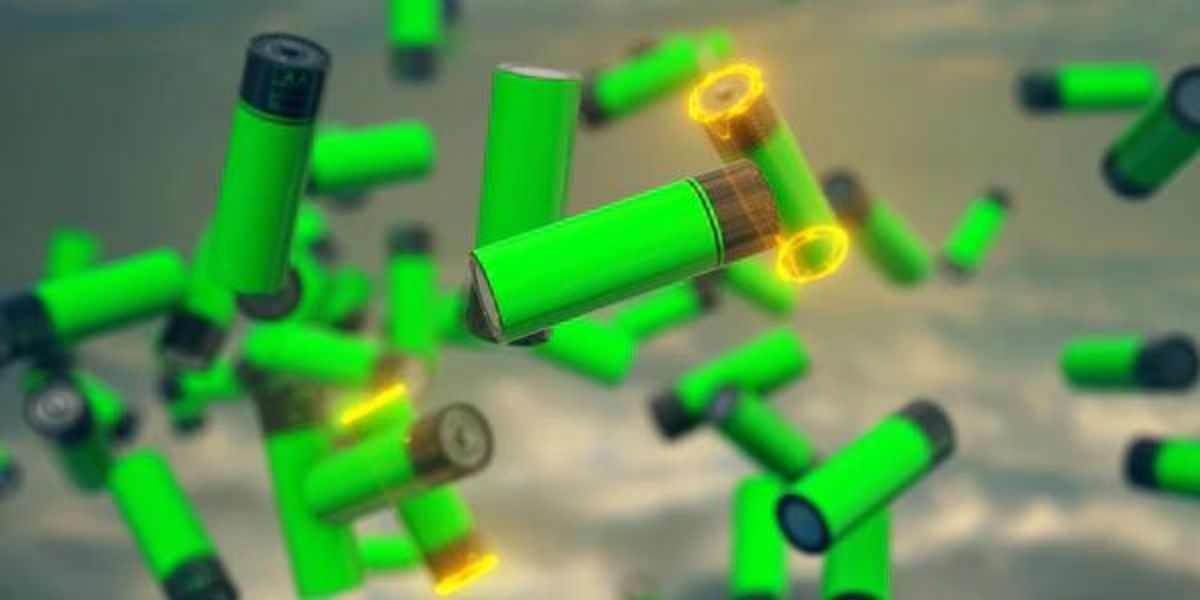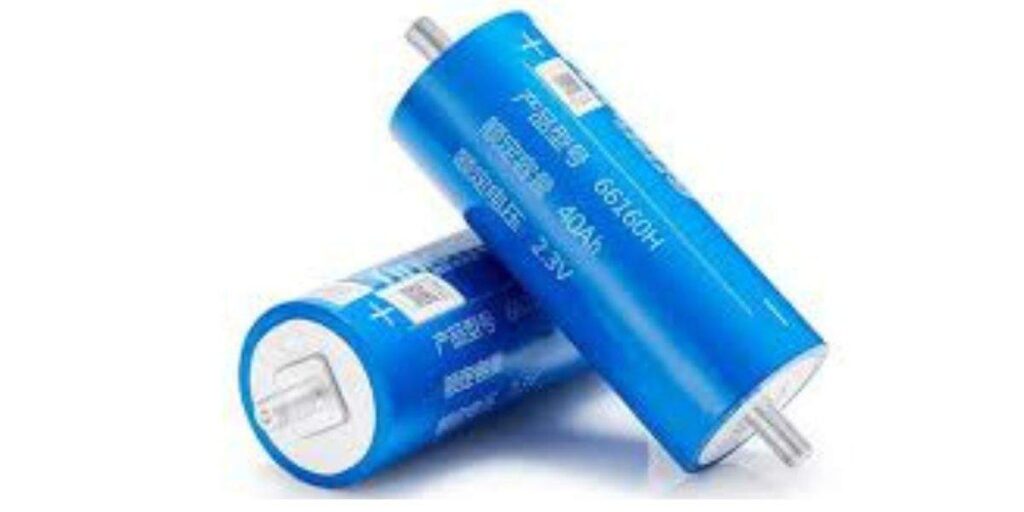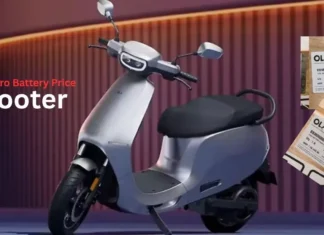
The lithium titanate or lithium-titanium oxide (LTO) battery is a type of rechargeable battery that has the advantage of being faster to charge than other lithium-ion batteries but the disadvantage of having a much lower energy density.
Titanate batteries are used in some Japanese versions of Mitsubishi’s i-MiEV electric vehicle, as well as in Honda’s EV-neo electric bike and Fit EV. They are also used in the Tosa electric bus concept. Due to the high level of safety and rechargeability of the battery, LTO batteries are used in car audio applications and mobile medical devices.
An LTO battery is also used in the S-Pen that comes with the Samsung Galaxy Note 20 Ultra 5G. According to a Weatherflow Co. article, the Tempest weather station device contains a 1,300mAh LTO battery, charged via four solar panels, which requires “at least 4 hours of adequate sunlight every two weeks.”
What is a lithium-titanium battery (LTO)
LTO stands for lithium titanium oxide or lithium titanate. It is an anode used in lithium-ion batteries. Traditional lithium ion batteries use graphite anode (natural or artificial) along with cathodes such as LCO (Lithium Cobalt Oxide), NMC (Lithium Nickel Manganese Cobalt Oxide), NCA (Lithium Nickel Manganese Oxide), cobalt and aluminum), LFP (lithium iron phosphate), etc.
Its operating voltage is on the underside, with a window of 1.5V to 2.8V (2.3V nominal) when using NMC as the cathode. On the other hand, the graphite anode with NMC cathode has an operating voltage of 2.75V to 4.2V. Using an LTO anode with an LFP cathode can further reduce the rated voltage to less than 2.0V (approximately 1.9V).

Some companies also consider using LMO (Lithium Manganese Oxide) cathode with LTO anode. LTO batteries have a lower operating voltage because the LTO anode has a high operating voltage of around 1.5V compared to Li / Li +, which is much higher than graphite anodes.
Concept and lithium-ion batteries
The most popular technology in the battery industry today is the lithium ion battery. Compared to other types of batteries, Li-ion batteries have higher energy, power density and cycle capacity. These qualities are extremely important in modern applications such as electric and hybrid vehicles and especially energy storage systems for renewable energy applications. The chemistry of lithium-ion batteries is the same for different types of lithium-ion batteries; During the discharge, the lithium ions move to the positive cathode from the negative anode through the organic electrolyte.
LTO battery price in india
Lithium Titanate LTO 2.4V 30AH / 40AH / 50AH
Price in india – ₹ 2,400
lithium-titanium battery (LTO) Specification
| Brand | EXPLORE ENERGIES |
| Model Name/Number | EE LTO 40 |
| Usage/Application | ENERGY STORAGE / 4 WHEELER BATTERY |
| Material | Lithium |
| Size | CYLINDRICAL |
| Cycle Life | 10,000 |
| Warranty | 10YEARS |
lithium-titanium battery (LTO) About the Company
Explore Energies has been a symbol of trust and quality in the battery manufacturing industry. It produces a wide range of batteries, suitable for all types of applications, with a very diverse product category, viz. Inverter battery and solar battery and electric trissue battery.
The batteries produced are environmentally friendly automated systems with ISO certification and are able to be completely recycled, thus minimizing waste and assuming your responsibility towards the environment. Confirm that all products are made from the finest quality materials, using the latest technology, so you get only the best.
What are the challenges of LTO batteries
The cost of LTO batteries is a limiting factor when it comes to market acceptance. It is so expensive that it cannot be compared with traditional NMC and LFP batteries sold in the market.
The higher battery price and weight are some of the reasons why LTO battery manufacturers haven’t expanded their production capacity as much as other lithium-ion battery chemicals.
Read Also: How to set up public charging station for EVs startup? Complete guide
LTO battery technology and applications
LTO (Lithium Tinted) was invented in 2008. The anode material is Li4 + aTi5O12, the cathode material is LibFePO4, and the carrier is Li +. They use it in different applications such as UPS, electric trains, solar street lights, fast charging stations and forklifts.
Other applications for LTO batteries include aerospace and military uses, and most importantly, the storage of wind and solar energy and the creation of smart grids. spinel structure.
Worldwide Lithium Titanium (LTO) Battery Manufacturer
Worldwide LTO Battery Manufacturers List:
| Comapny Name | headquarters |
| Log9 Materials | Bangalore (India) |
| Altairnano | America |
| Leclanché | Switzerland |
| Microvast | Texas (USA) |
| Samsung (uses in S pen) | Korean |
| Seiko (uses in Watch) | Japan |
| Toshiba | Japanese |
| Yabo Power | Shenzhen (China) |
Advantages and disadvantages of LTO batteries
The main advantages of the LTO batteriesare:
- Excellent low temperature discharge characteristics
- Zero strain property, no formation of SEI film nor lithium plating when charging at low temperature or fast charging
- Long life time
- Fast charge capability and wide temperature range
- Among the safest types of Li-ion batteries
The main disadvantages of the LTO batteriesare:
- High cost
- Lower inherent voltage or lower energy density
What is the future of Lithium Titanium Oxide (LTO)
Using cathodes with higher discharge capacity (mAh / g) or with higher surge limits can further improve the volumetric and gravimetric energy density of LTO batteries. One suggestion would be to try an NCA cathode, which has one of the highest discharge capacities (mAh / g) or to try an LNMO cathode which has the potential to charge over 4.7V.
But using LNMO cathodes It presents a challenge in terms of finding a stable electrolyte capable of withstanding the charge at such high voltages. There is a lot of research being done on this and a viable solution is expected soon for mass production.



